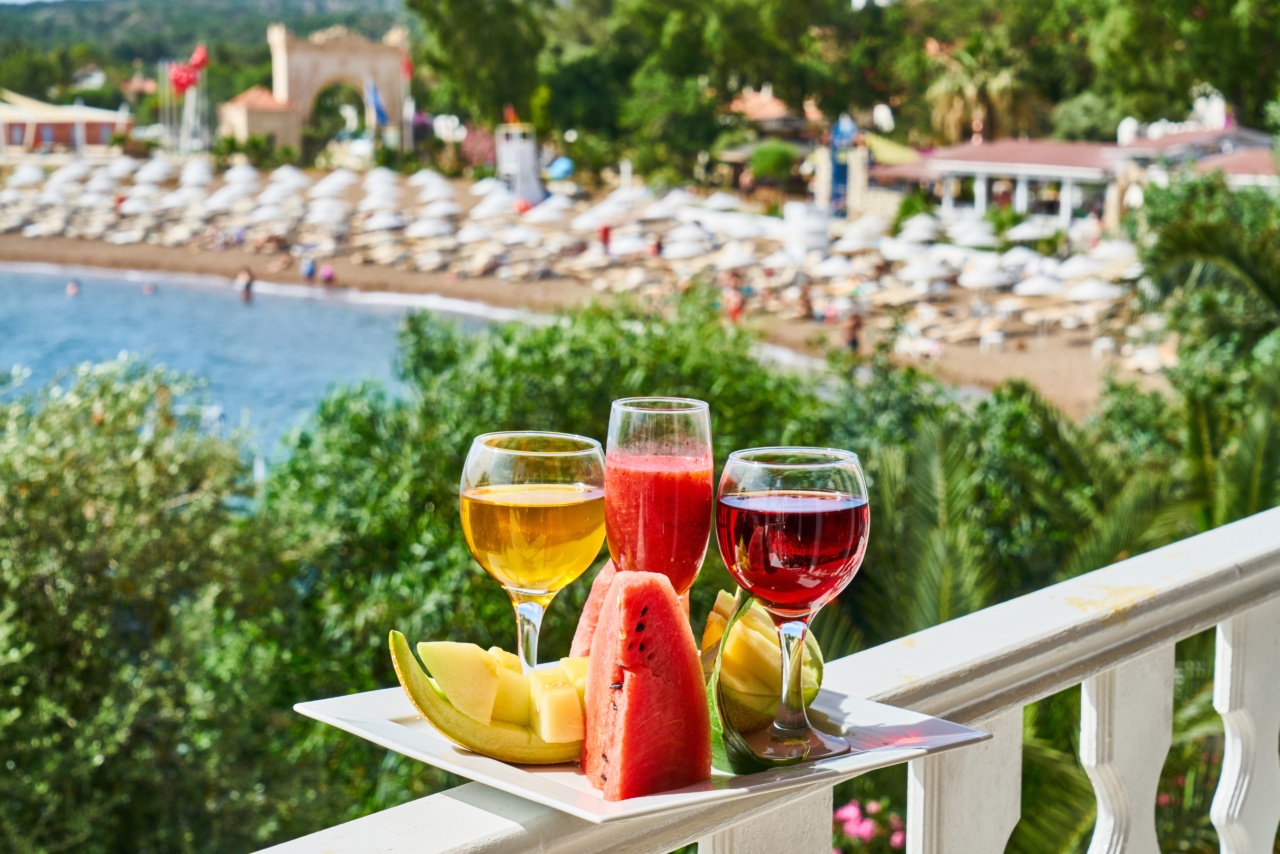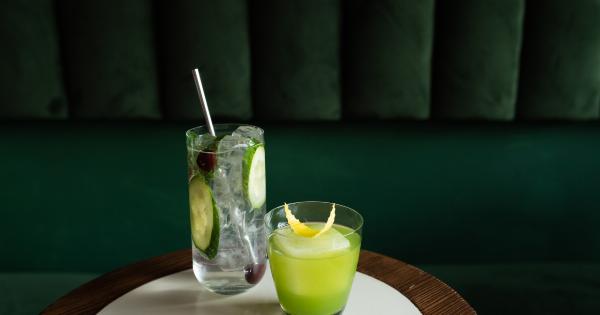Wine has been a beloved beverage for centuries, often associated with indulgence and celebration. However, the rise of wellness movements and increasing health-consciousness have led to a demand for lighter and lower-calorie options.
Enter diet wine, a new trend that is shaking up the wine industry and changing the way people sip.
The Evolution of Diet Wine
Traditionally, wine has not been known for its low-calorie content. A standard glass of wine typically contains around 120-150 calories, with some sweeter varieties reaching even higher.
However, with growing concerns about the impact of high-calorie diets on health, wine producers recognized the need for alternatives that cater to a more health-conscious consumer base.
Diet wine is not a single category of wine but rather a term used to describe wines that are lower in calories and often lower in alcohol content.
These wines are made through various methods, including the use of specialized winemaking techniques, selective grape harvesting, and the blending of wines with lower natural sugars or higher acidity.
The Appeal of Diet Wine
One of the main reasons for the rise in popularity of diet wine is its appeal to those who want to enjoy a glass without feeling guilty about the calorie intake.
With the average diet wine containing around 80-100 calories per glass, it offers a significant reduction compared to standard wines. This allows wine enthusiasts to indulge in their favorite beverage more frequently or in larger quantities, without worrying as much about the impact on their waistlines.
Another key selling point of diet wine is its association with a healthier lifestyle. Many diet wines are marketed as being organic, vegan-friendly, or made with minimal use of additives and chemicals.
This resonates with consumers who prioritize natural and clean products, aligning their wine choices with their broader wellness values.
The Rise of Low-Alcohol Wines
In addition to being lower in calories, diet wines often have lower alcohol content compared to traditional wines.
This trend aligns with the increasing interest in low-alcohol or alcohol-free beverages, as more people seek to reduce their alcohol consumption or embrace a sober lifestyle.
Low-alcohol wines offer several advantages, such as reduced risk of intoxication, fewer negative health effects associated with excessive alcohol consumption, and the ability to enjoy wine without compromising productivity or mental clarity.
They also provide an appealing option for those who may be sensitive to or prefer to avoid the effects of alcohol.
Diet Wine Varieties
The market for diet wine has rapidly expanded, offering a wide variety of options to suit different tastes and preferences. Here are some popular diet wine categories:.
1. Light Wines
Light wines are typically lower in alcohol and calories because of their reduced sugar content. They are often dry or off-dry and are favored by those looking for a crisp and refreshing taste without excessive sweetness or heaviness.
Light whites such as Sauvignon Blanc and Pinot Grigio, as well as light reds like Pinot Noir and Beaujolais, fall into this category.
2. Sparkling Wines
Sparkling wines, including Champagne and Prosecco, have gained popularity among diet-conscious individuals.
While their calorie content may not differ significantly from still wines, the effervescence and crisp acidity of sparkling wines often result in a perception of lightness.
3. Rosé Wines
Rosé wines have experienced a surge in popularity in recent years, and many diet wine enthusiasts are drawn to their lower alcohol and calorie content.
Rosé wines are typically made with shorter maceration periods, resulting in lighter colors and flavor profiles compared to red wines. They offer a refreshing and vibrant alternative for those seeking a lighter option.
4. Wine Spritzers
Wine spritzers combine wine with carbonated water or soda, creating a refreshing and lighter beverage. By diluting the wine, spritzers significantly reduce calorie and alcohol content while providing a similar taste experience.
They are often enjoyed as a low-calorie alternative on hot summer days or when seeking a thirst-quenching alternative.
The Future of Diet Wine
With the growing demand for healthier and lower-calorie options across various industries, diet wine is likely to continue its rise in popularity.
Wine producers are increasingly investing in research and innovation to develop new winemaking techniques that reduce calorie and alcohol content without compromising flavor or quality.
As consumer preferences continue to evolve, the range of options in the diet wine market is expected to expand.
From innovative grape varietals and sustainable practices to the development of entirely new wine categories, the future holds exciting possibilities for those seeking to sip smarter.
The Bottom Line
Diet wine represents an exciting development in the wine industry, offering a guilt-free and healthier option for wine enthusiasts.
Whether it is the lower calorie content, reduced alcohol levels, or alignment with a wellness lifestyle, diet wines cater to a growing market segment that values both enjoyment and well-being. As the demand for healthier alternatives continues to rise, diet wine is set to become a prominent player in the ever-evolving world of wine.






























